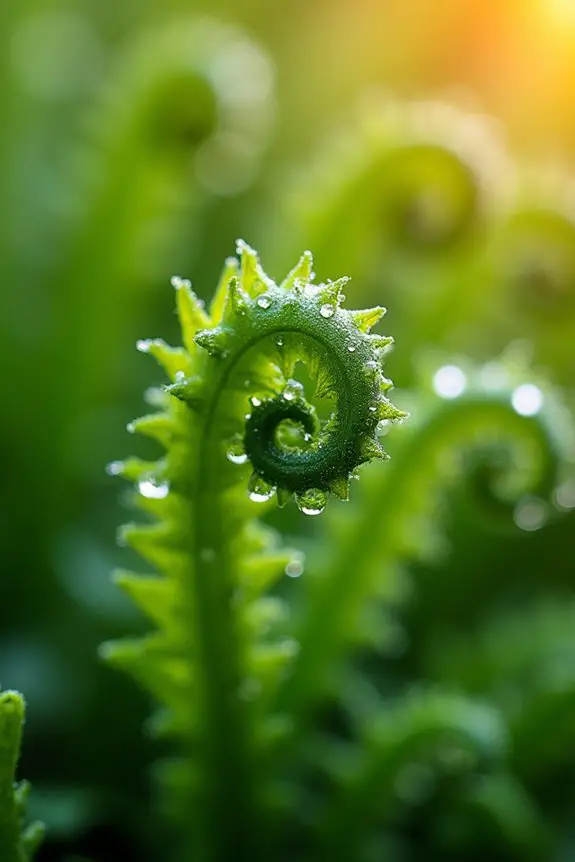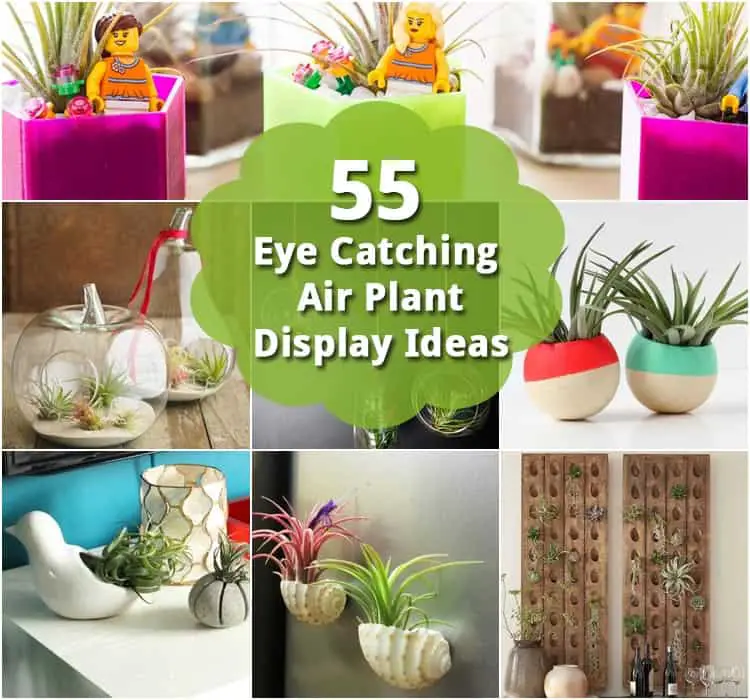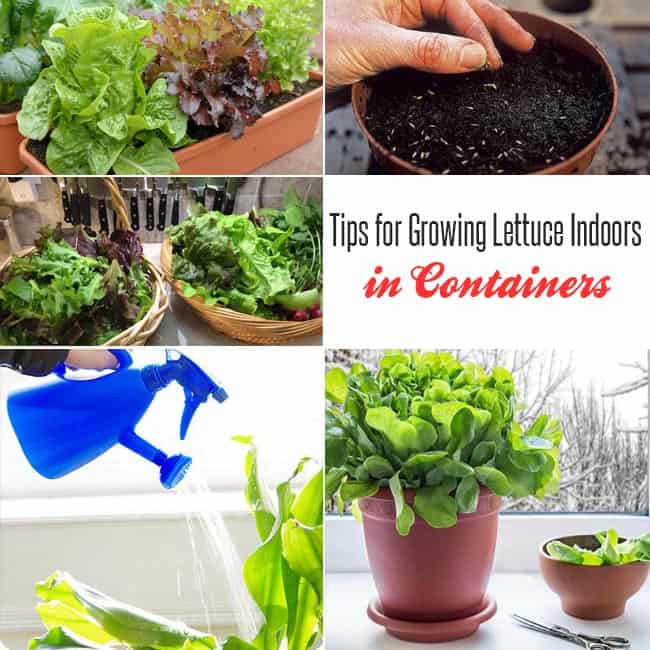15 Ways to Style Indoor Plants in Your Living Room for Maximum Impact
I’ll transform your living room into a stunning botanical sanctuary with my tips that strategically placing floor plants in neglected corners, hanging cascading pothos in macrame holders for vertical drama, and grouping plants at varying heights using woven baskets and sleek ceramic planters.
You’ll create breathtaking focal points by clustering succulents in odd numbers, positioning tall fiddle leaf figs as natural room dividers, and styling trailing plants on coffee tables for movement and texture.
My expert techniques will reveal your space’s full potential so why not try one of these styling tips?
Quick Summary
- Create dramatic focal points by positioning tall plants like fiddle leaf figs in corners with complementary planters and accent accessories.
- Arrange plants at varying heights using stands and hanging planters to create depth, visual rhythm, and dynamic vertical interest.
- Group plants in odd numbers with mixed planter materials like ceramic, terracotta, and woven baskets for enhanced textural contrast.
- Transform walls into living galleries using floating shelves and wall-mounted planters at different heights with mixed plant sizes.
- Use large plants as natural room dividers to define spaces while maintaining light flow in open floor plans.
Style 1: Create a Statement Corner With Floor Plants
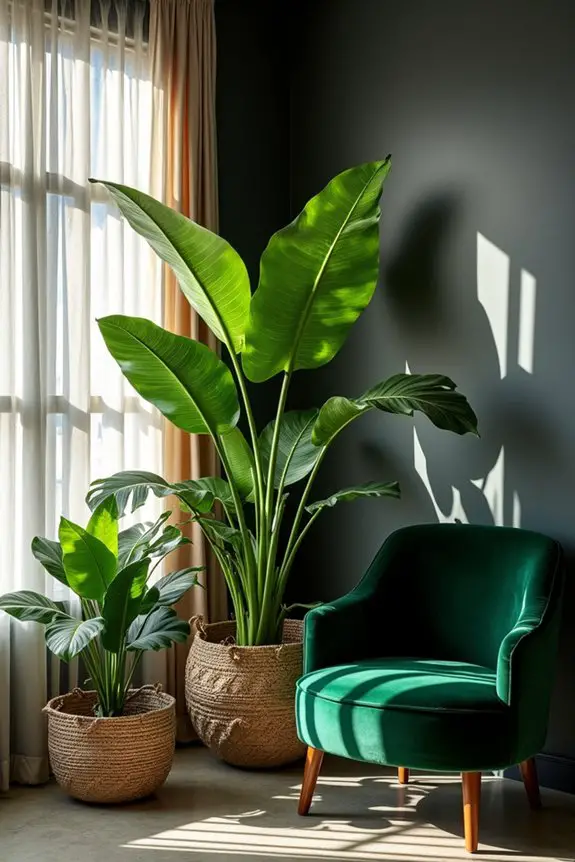
One powerful floor plant can instantly transform a neglected corner into your home’s most captivating focal point.
I love positioning a tall fiddle leaf fig or dramatic monstera where two walls meet, creating natural architectural interest that draws every eye. The cascading leaves catch afternoon sunlight beautifully, casting dancing shadows across your walls.
You’ll want to add a woven basket planter in warm terracotta or creamy white to enhance the organic appeal.
Place a small accent table nearby with candles or books, and suddenly you’ve crafted a serene retreat that feels like pure enchantment.
Style 2: Use Hanging Planters to Add Vertical Interest
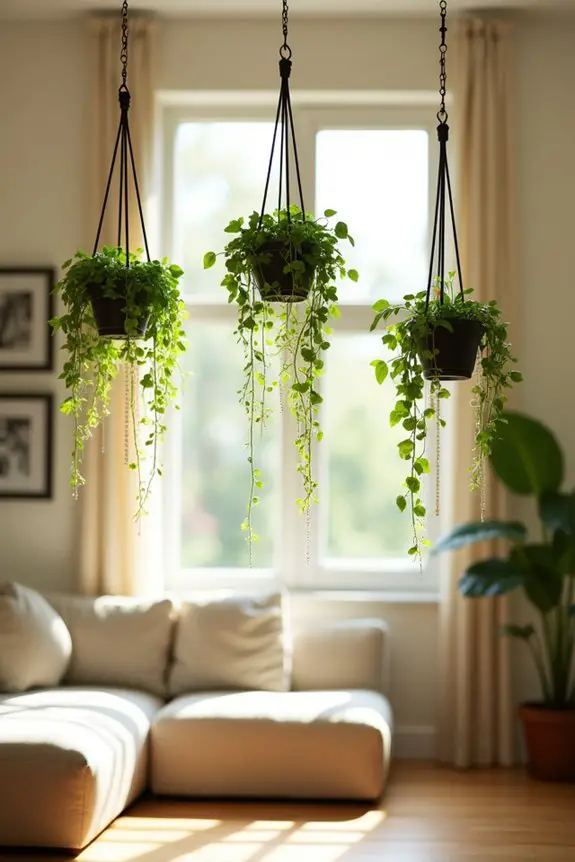
When you lift your plant collection skyward with hanging planters, you’ll create breathtaking vertical layers that make any room feel like a lush botanical sanctuary.
I love cascading pothos spilling from macrame holders, their heart-shaped leaves dancing gracefully in natural light. Woven baskets add earthy texture while sleek ceramic planters bring modern elegance to any corner.
Position trailing plants at different heights to create a living waterfall effect that draws the eye upward. The gentle movement of suspended greenery adds dynamic energy to static spaces, transforming bare walls into captivating focal points that breathe life into your home.
Style 3: Style Plants on Different Height Levels
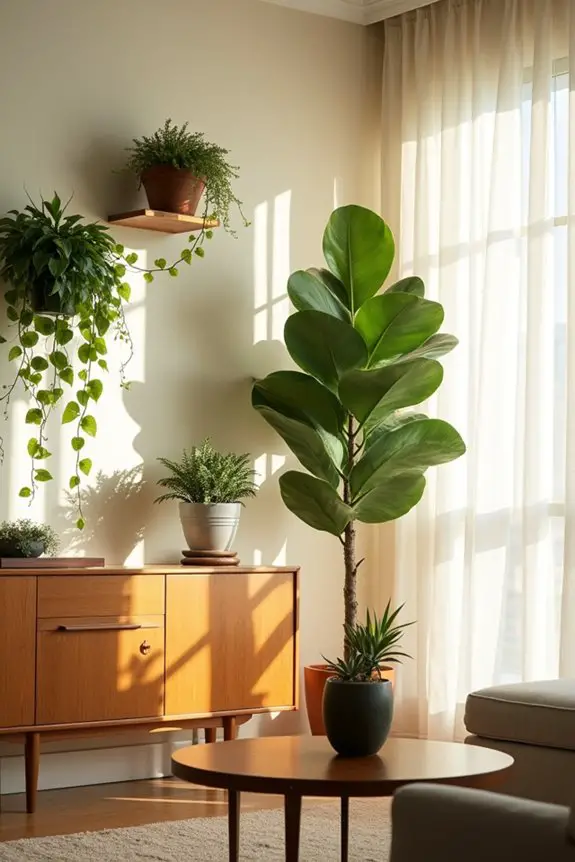
Beyond the enchantment of suspended gardens, ground-level styling opens up endless possibilities for creating stunning botanical landscapes throughout your living space.
I love arranging plants at varying heights to create natural depth and visual rhythm. Picture tall snake plants anchoring corners while medium-sized fiddle leaf figs command attention from wooden plant stands.
Scatter smaller succulents and trailing pothos across coffee tables, side tables, and floating shelves. This layered approach transforms your room into a lush oasis where your eyes can wander from floor to ceiling, uncovering green treasures at every level.
Style 4: Group Plants in Odd Numbers for Visual Appeal
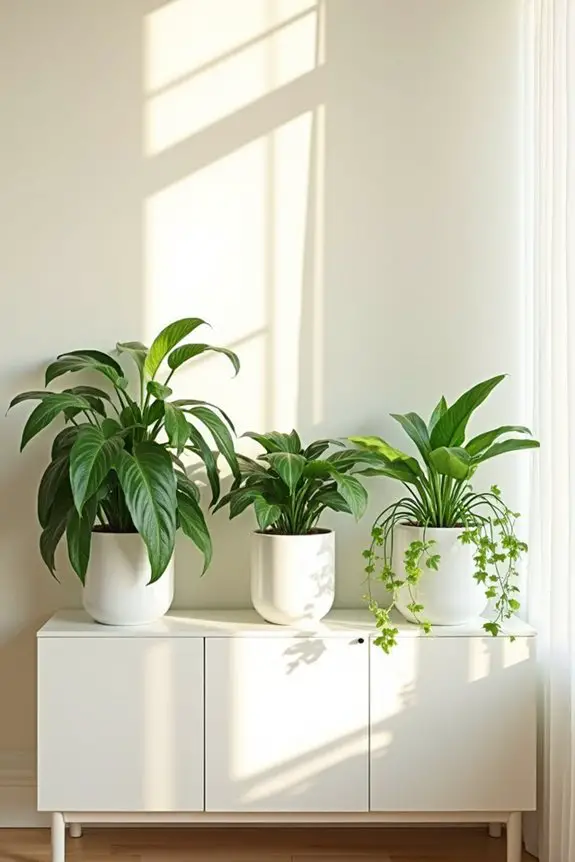
As nature follows its own mysterious patterns, interior designers have revealed that grouping plants in odd numbers creates the most pleasing arrangements for the human eye.
I’ve found that clusters of three or five plants instantly transform boring corners into stunning focal points. Picture a tall fiddle leaf fig flanked by two trailing pothos, their emerald leaves cascading gracefully from wicker baskets.
The asymmetrical balance feels naturally perfect, mimicking how plants grow in wild forests. When you arrange your green beauties in odd groupings, you’ll create dynamic visual triangles that draw attention and make your living room feel professionally styled.
Style 5: Transform Empty Corners With Tall Tree Plants
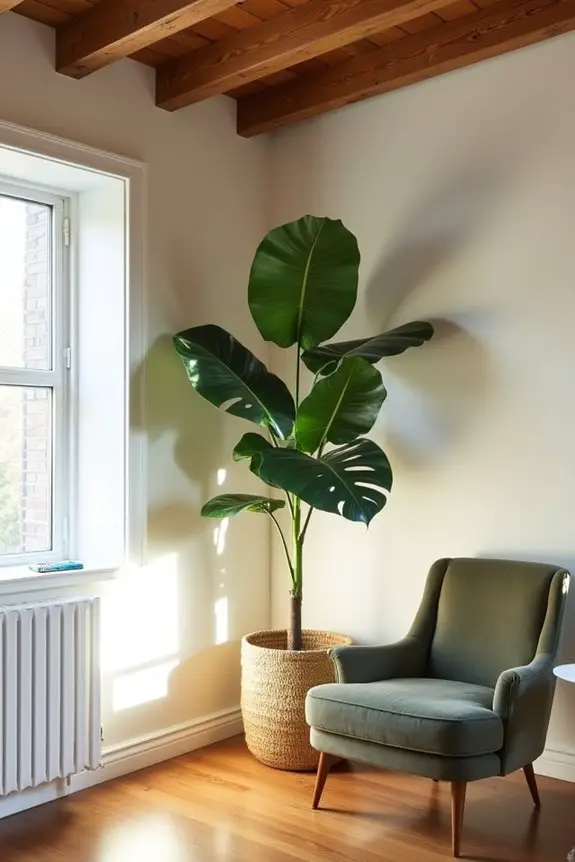
Those forgotten corners in your home are perfect canvases for dramatic tall plants that reach toward the ceiling like living sculptures.
I love placing a majestic fiddle leaf fig or graceful rubber tree in these neglected spaces, instantly transforming them into stunning focal points. The rich emerald foliage creates natural vertical lines that draw your eyes upward, making rooms feel larger and more luxurious.
These towering beauties fill empty voids with organic warmth, their broad leaves casting gentle shadows that dance across nearby walls, creating a serene sanctuary that breathes life into every corner.
Style 6: Mix Plant Textures and Leaf Shapes
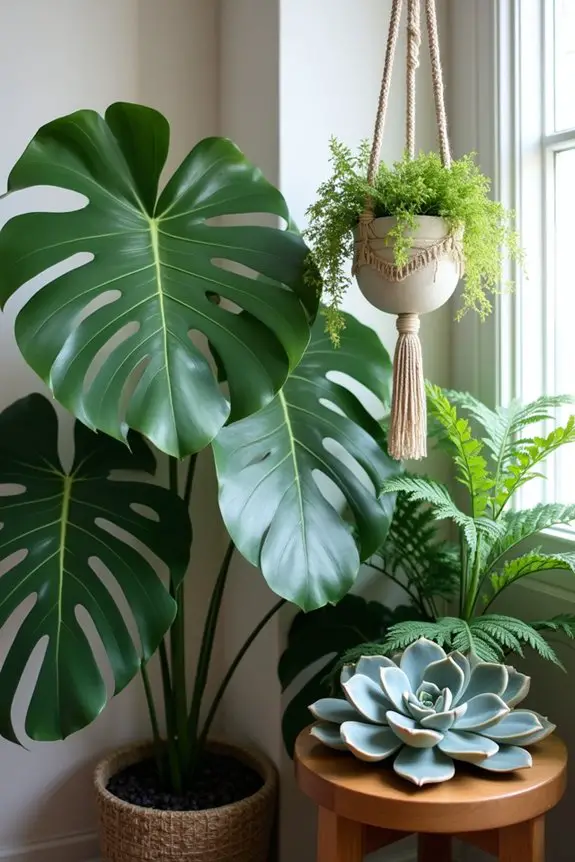
The secret to creating visual wonder lies in pairing plants with completely different leaf personalities that complement each other beautifully.
I love combining broad, glossy monstera leaves with delicate, feathery ferns to create stunning textural drama. Picture pairing a smooth rubber tree’s dark emerald foliage against wispy asparagus fern’s needle-thin fronds. The contrast feels enchanting!
I’ll group spiky snake plant blades with soft, rounded pothos hearts for incredible visual tension. Waxy fiddle leaf figs paired with velvety African violets create touchable appeal.
This thoughtful mixing transforms ordinary plant collections into sophisticated living sculptures that captivate every guest.
Style 7: Use Plant Stands to Create Layered Displays
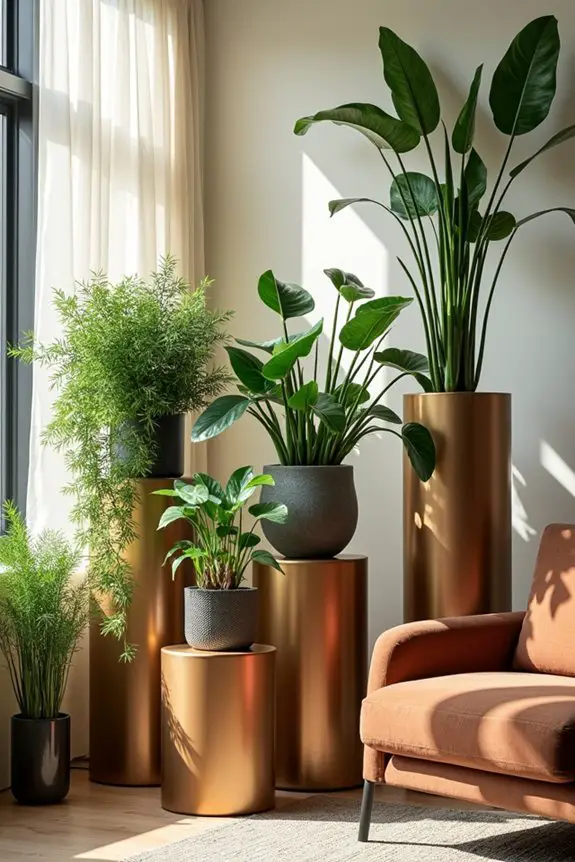
Once you’ve mastered the art of textural contrast, plant stands become your secret weapon for building breathtaking vertical gardens that dance with dimension.
I love arranging cascading pothos on tall wooden pedestals while nestling compact succulents on shorter metal stands. This creates stunning staircase effects that draw your eyes upward, making rooms feel larger and more alive.
Try mixing materials—warm bamboo stands with cool black iron ones—to add visual interest.
Position trailing plants on higher stands so their vines flow downward, creating natural curtains of green that transform ordinary corners into enchanting botanical sanctuaries.
Style 8: Position Plants Near Natural Light Sources
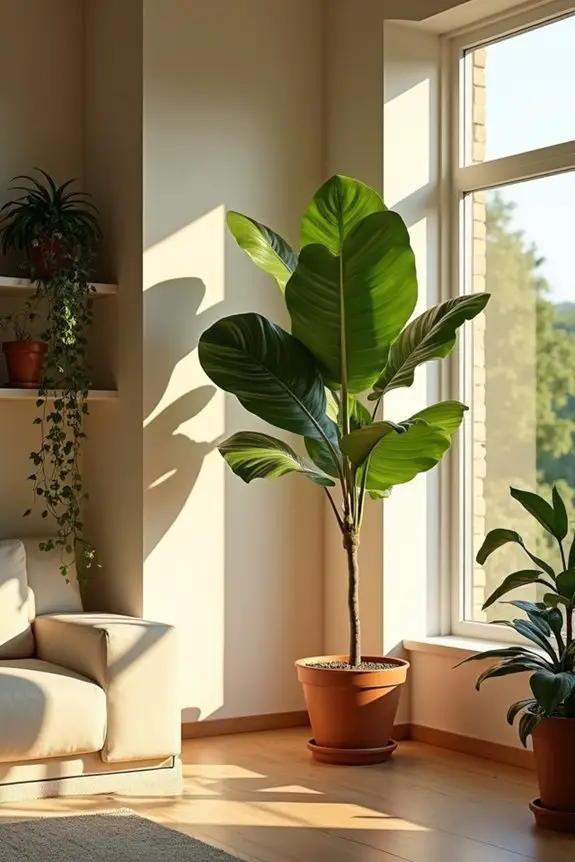
When sunlight streams through your windows like golden ribbons, it becomes nature’s spotlight for your leafy companions.
I’ve found that positioning plants near these natural light sources transforms ordinary corners into vibrant green sanctuaries. Your fiddle leaf fig will stretch toward that south-facing window, while trailing pothos cascades beautifully from windowsill perches.
I love placing colorful ceramic pots along sunny ledges, creating cheerful rows of emerald foliage. The morning light makes glossy leaves shimmer like jewels, and afternoon rays cast dancing shadows across your walls.
This simple placement strategy turns your living room into a sun-drenched botanical paradise.
Style 9: Incorporate Trailing Plants From Shelves and Mantels
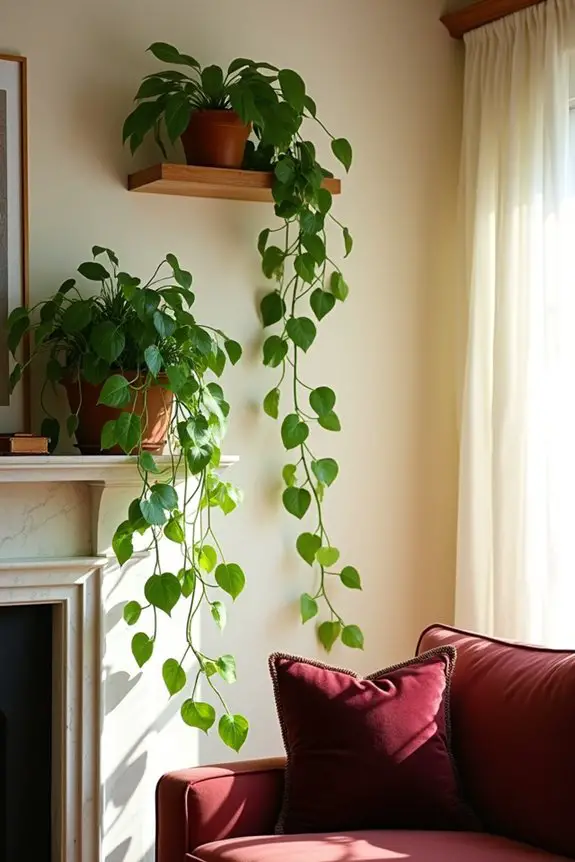
Beyond those sun-kissed windowsills, your shelves and mantels offer perfect perches for nature’s most graceful performers.
I love watching trailing plants cascade like living waterfalls from these elevated spaces. Golden pothos spills down in heart-shaped waves, while string of pearls creates delicate green curtains that catch afternoon light.
These cascading beauties add vertical drama and soften hard edges of furniture below. I position ivy near my fireplace mantel, where its emerald tendrils frame family photos beautifully.
The gentle movement of hanging foliage creates a peaceful rhythm that transforms your room into a serene botanical sanctuary. For an even more exotic touch, consider adding a String of Bananas plant with its glossy, banana-shaped foliage that creates stunning visual interest from elevated positions.
Style 10: Create Symmetry With Matching Plant Pairs
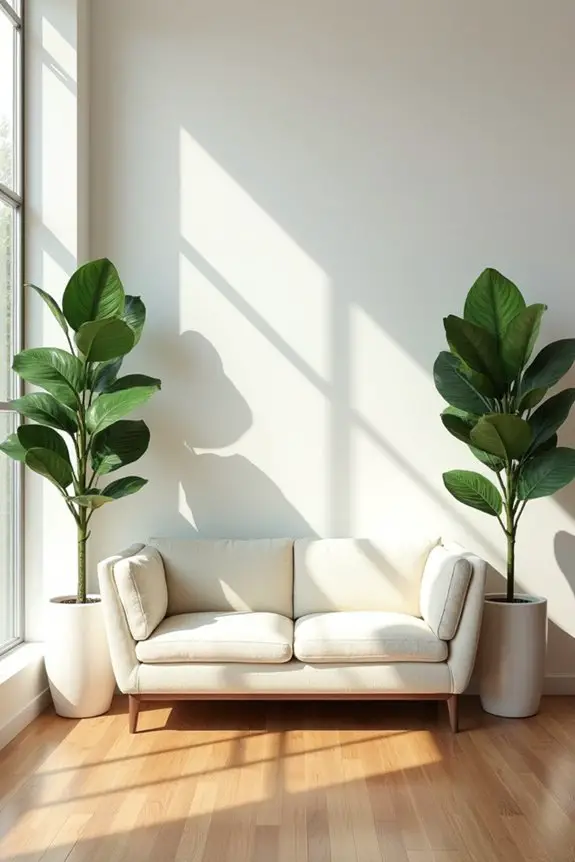
While asymmetry brings natural charm, there’s something deeply satisfying about perfectly balanced plant arrangements that create visual harmony throughout your space.
I love placing matching fiddle leaf figs on either side of my sofa, creating an elegant frame that draws the eye inward. Twin snake plants flanking a fireplace add sculptural drama, while paired pothos on matching plant stands create instant sophistication.
The key is choosing plants with similar heights and fullness, then positioning them equidistantly from your focal point. This mirrored approach transforms any room into a serene, gallery-worthy sanctuary.
Style 11: Use Decorative Planters as Design Elements
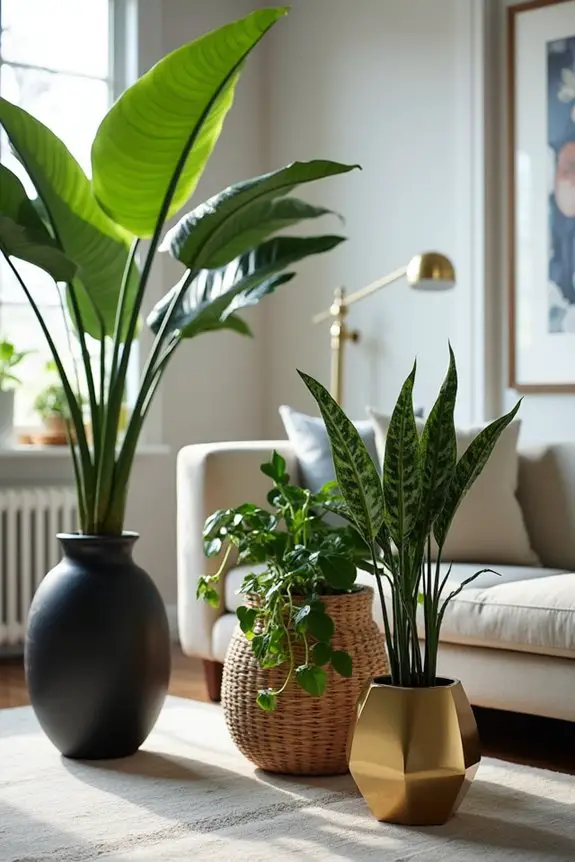
The enchantment of plant styling extends far beyond the greenery itself – your choice of planters can completely transform a room’s aesthetic and tie together your entire design vision.
I’ve realized that woven baskets bring warmth and texture, while sleek ceramic pots create modern sophistication. Metallic planters add glamorous sparkle, and terracotta vessels offer earthy charm.
You can match planters to your furniture’s wood tones or choose bold colors that pop against neutral walls. Think of each planter as functional art that elevates your space, creating visual interest even before you add the plants.
Style 12: Style Plants on Coffee Tables and Side Tables
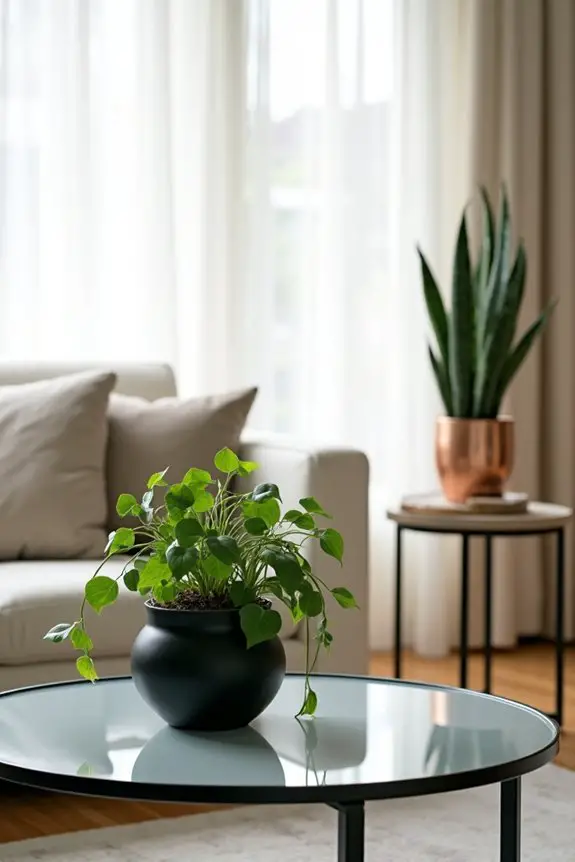
Coffee tables and side tables offer prime real estate for showcasing your most stunning plant arrangements, creating focal points that draw the eye and spark conversation.
I love clustering small succulents in varying heights across a wooden coffee table, mixing smooth ceramic pots with textured terracotta vessels. A trailing pothos cascading from a marble side table creates gorgeous movement, while petite snake plants add architectural drama beside your favorite books.
You’ll find these elevated displays transform ordinary surfaces into living galleries, bringing nature’s beauty directly into your daily routines and making every moment feel more connected to the outdoors.
Style 13: Create a Living Wall With Multiple Wall-Mounted Plants
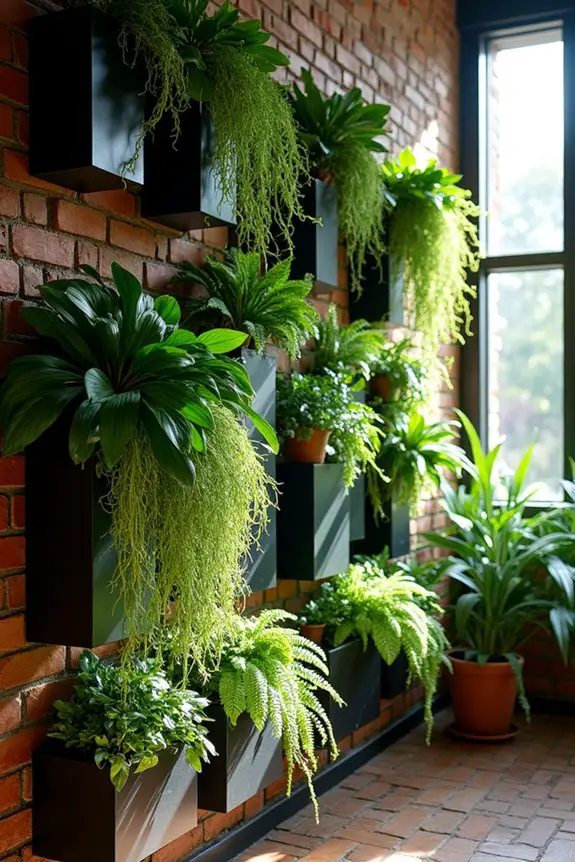
Transforming an entire wall into a breathtaking vertical garden creates the most dramatic and Instagram-worthy statement piece your home has ever seen.
I’ll mount floating shelves at varying heights, creating visual rhythm with cascading pothos and trailing ivy. Wall-mounted planters in sleek black metal or warm wood tones add sophisticated texture against painted walls.
I’m mixing plant sizes from petite succulents to bold monstera leaves for dynamic contrast. Strategic lighting highlights each green layer, casting enchanting shadows that dance throughout the day.
For colorful blooms that thrive indoors, I incorporate begonia bulbs in smaller wall-mounted containers to add vibrant splashes of color throughout the vertical display.
Adding Spider Plants to your living wall brings the bonus of air purification while removing indoor toxins from your space.
This living masterpiece becomes your room’s stunning focal point, purifying air while delivering pure botanical wonder.
Style 14: Use Large Plants as Room Dividers
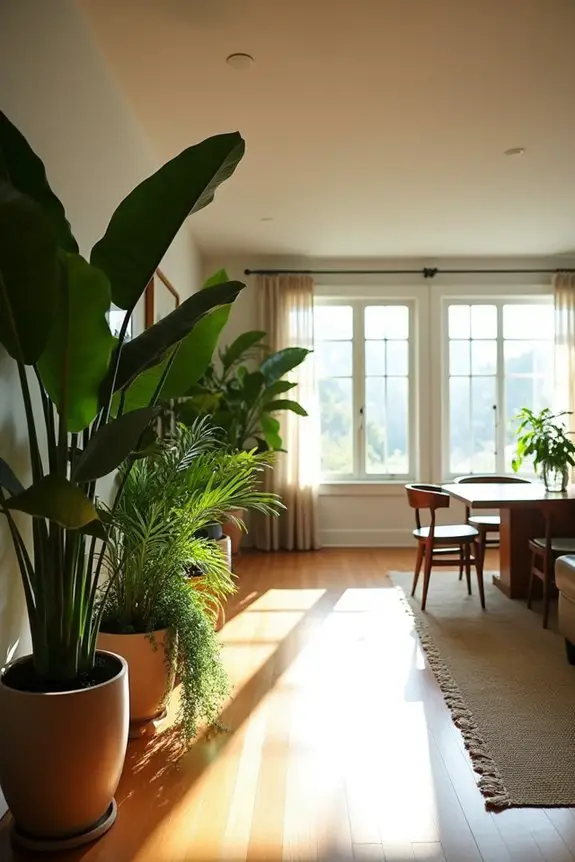
Strategically placed towering plants instantly transform open floor plans into defined, purposeful spaces without sacrificing natural light or that coveted airy feeling.
I love positioning tall fiddle leaf figs or dramatic bird of paradise plants between my dining and living areas. These green giants create natural boundaries while adding stunning vertical interest that draws your eyes upward.
You’ll uncover how a well-placed monstera deliciosa or rubber tree becomes both functional furniture and living art.
The gentle rustling leaves and fresh oxygen create peaceful transitions between spaces, making your home feel larger yet more intimate.
Style 15: Combine Plants With Complementary Décor Accessories
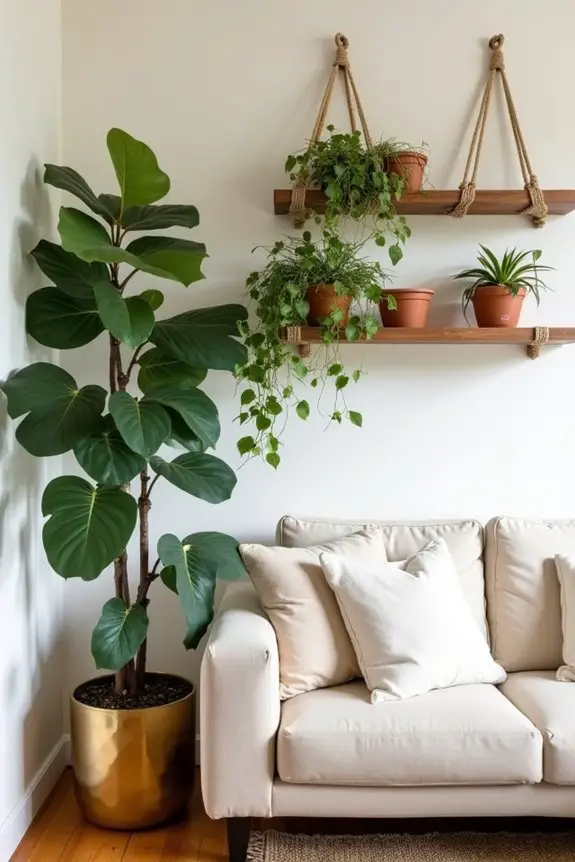
When you pair your beloved plants with thoughtfully chosen accessories, you’ll create stunning vignettes that feel professionally designed and deeply personal.
I love placing woven baskets beneath trailing pothos, adding rich texture and earthy warmth. Ceramic planters in soft cream or sage green complement your greenery while maintaining visual harmony.
Try grouping plants with brass candlesticks, vintage books, or smooth river stones for captivating displays. Natural wood stands elevate smaller plants to perfect viewing heights, while macramé hangers add bohemian charm.
These carefully curated combinations transform ordinary corners into magazine-worthy sanctuaries that reflect your unique style and nurture your soul.

